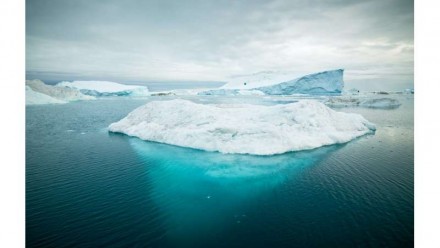History of Antarctic ice sheets holds clues for our future
A new study from researchers at The Australian National University (ANU) on how the world's largest ice sheet developed also provides vital clues about climate change tipping points.
Forty million years ago, Antarctica grew massive ice sheets for the first time. The ANU study shows how these ice sheets stayed low, wet and relatively warm for millions of years.
The current Antarctic ice sheet is the largest block of ice on Earth, covering more than 14 million square kilometers. If it melted, sea levels would rise by about 60 meters.
But it hasn't always been that way.
Read the full article on the Phys Org website, featuring Dr Bradley Opdyke











